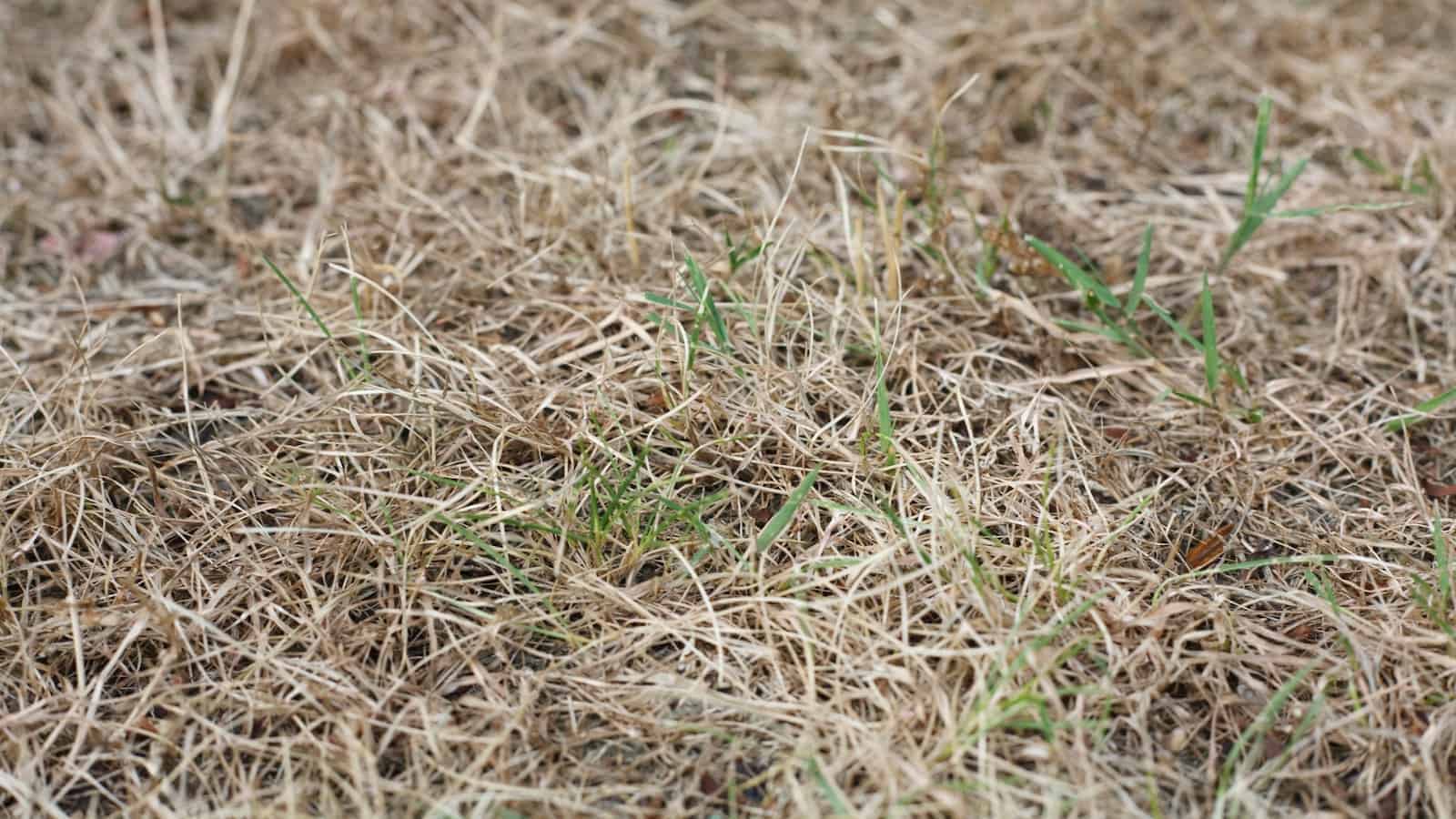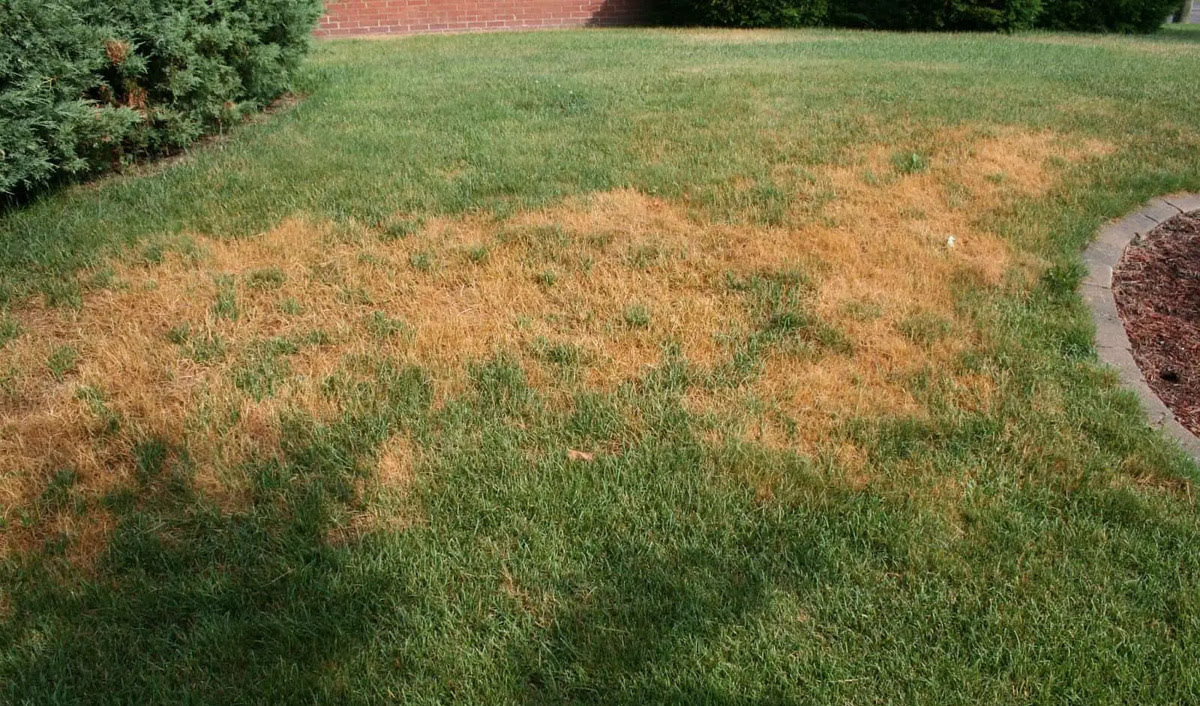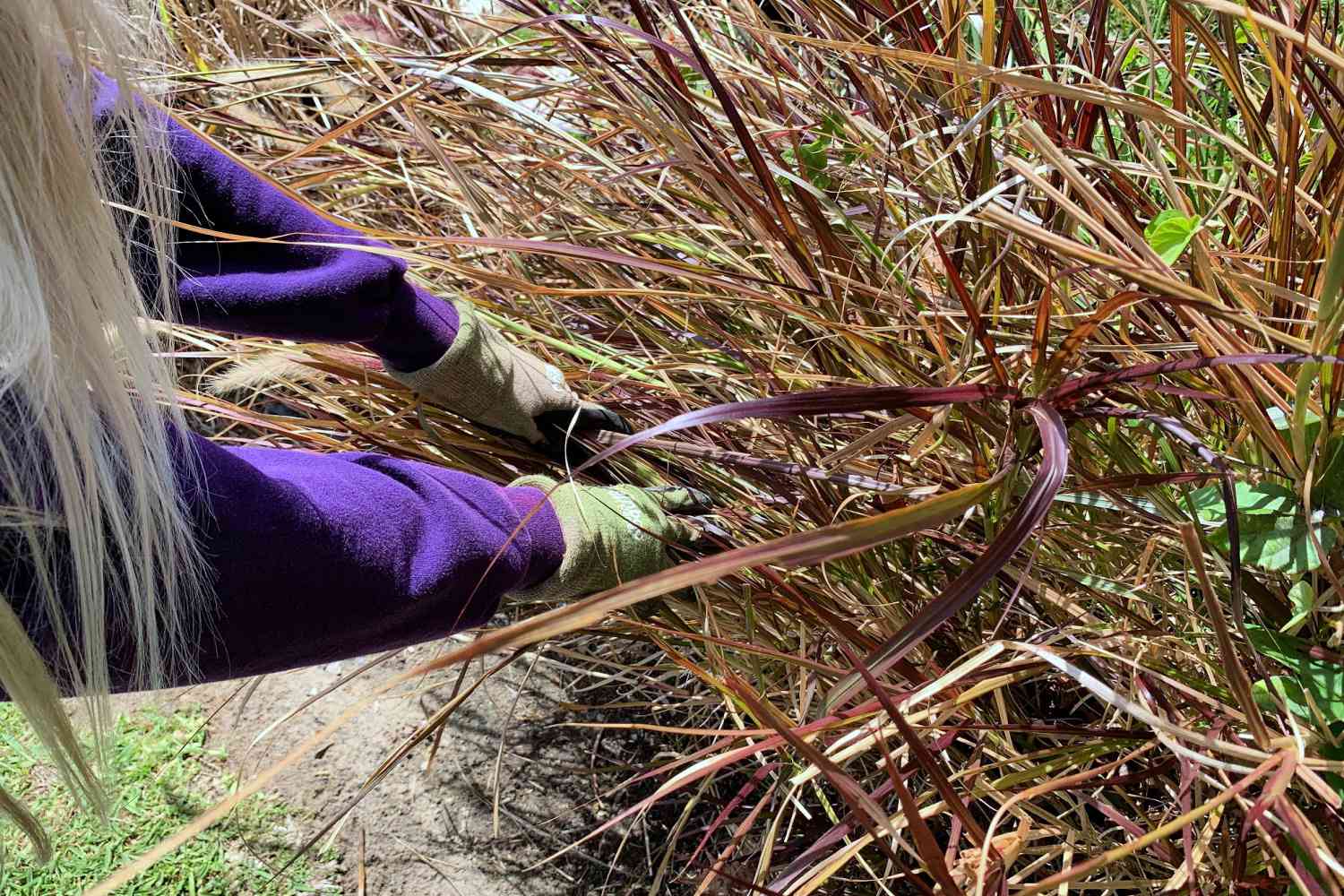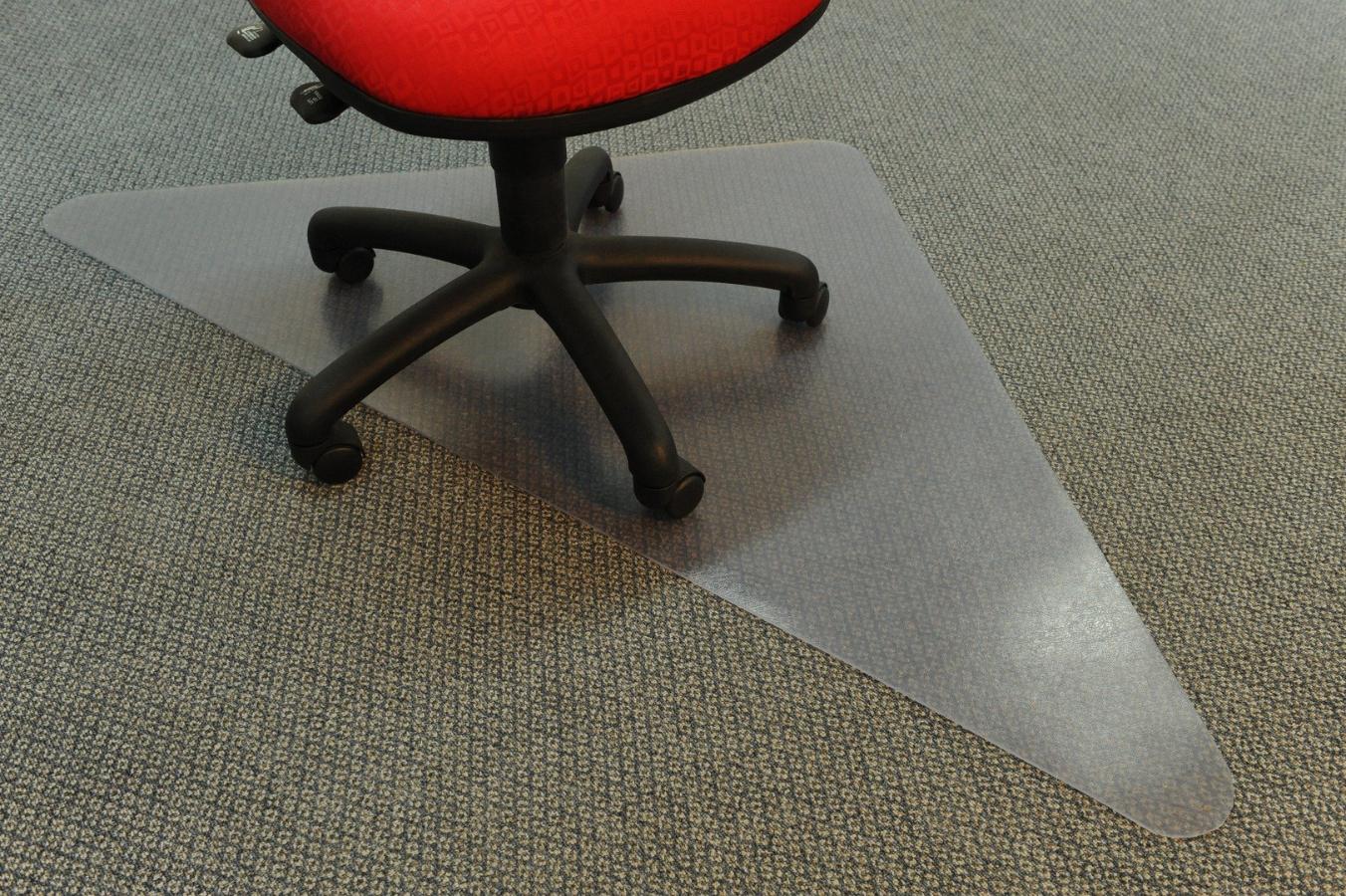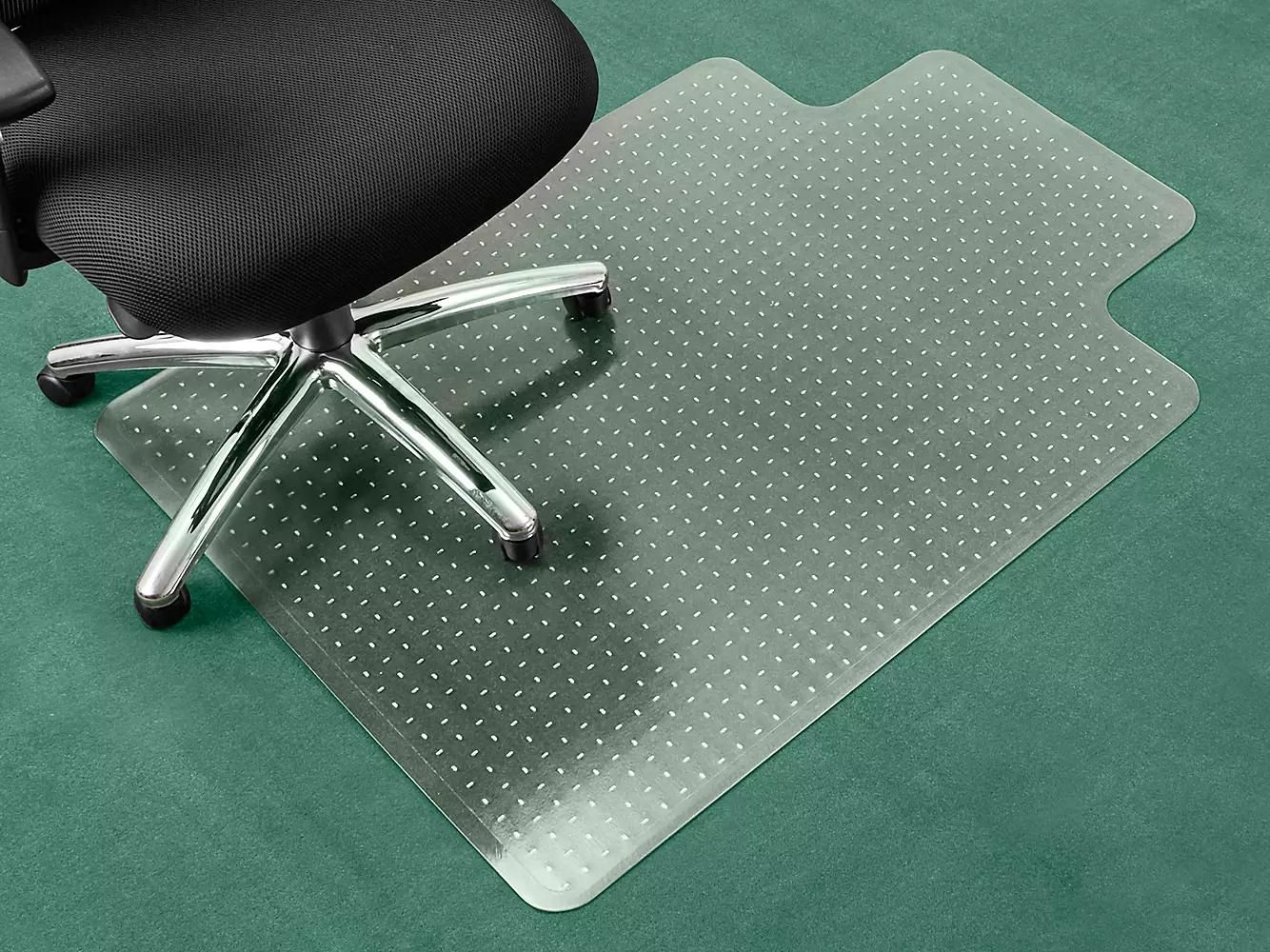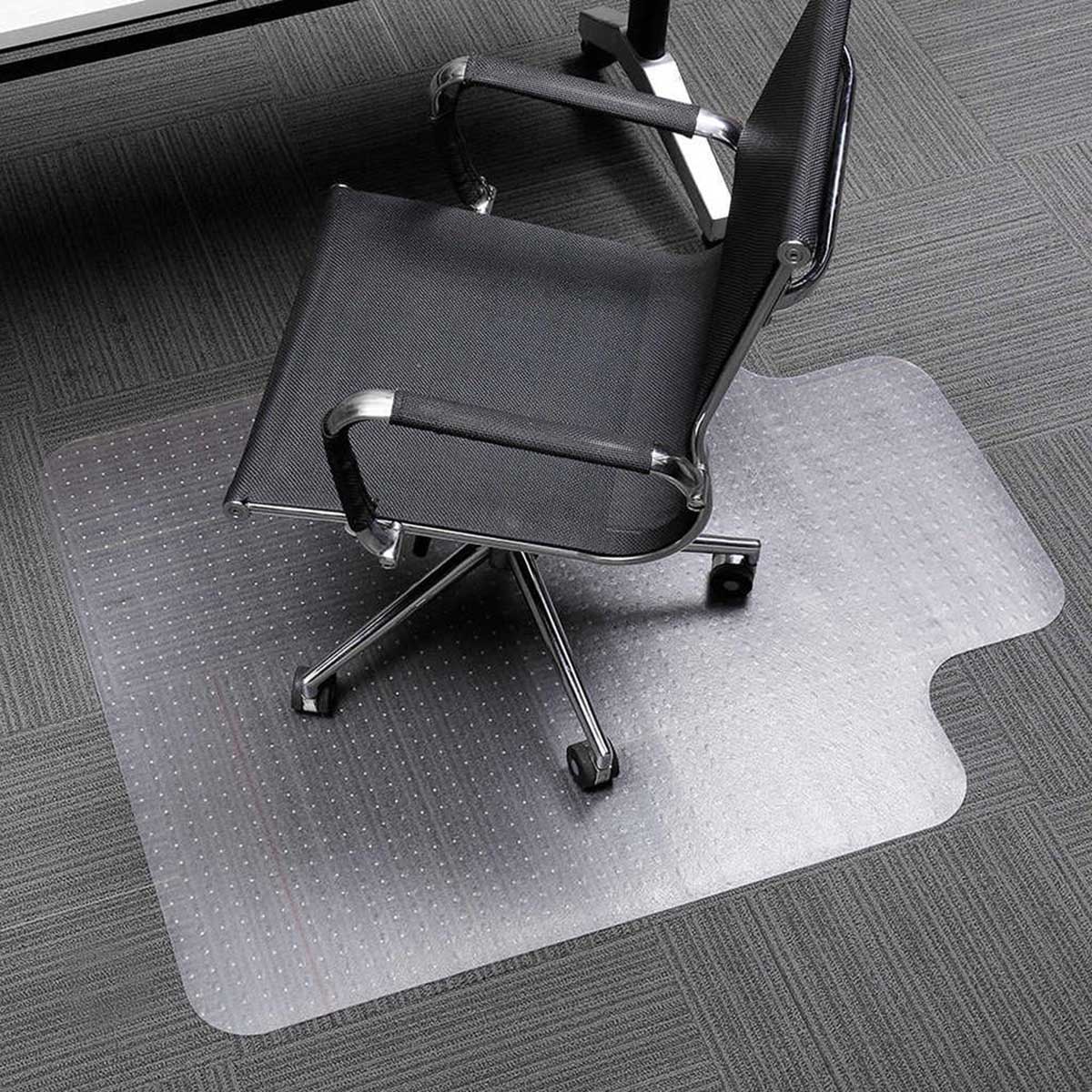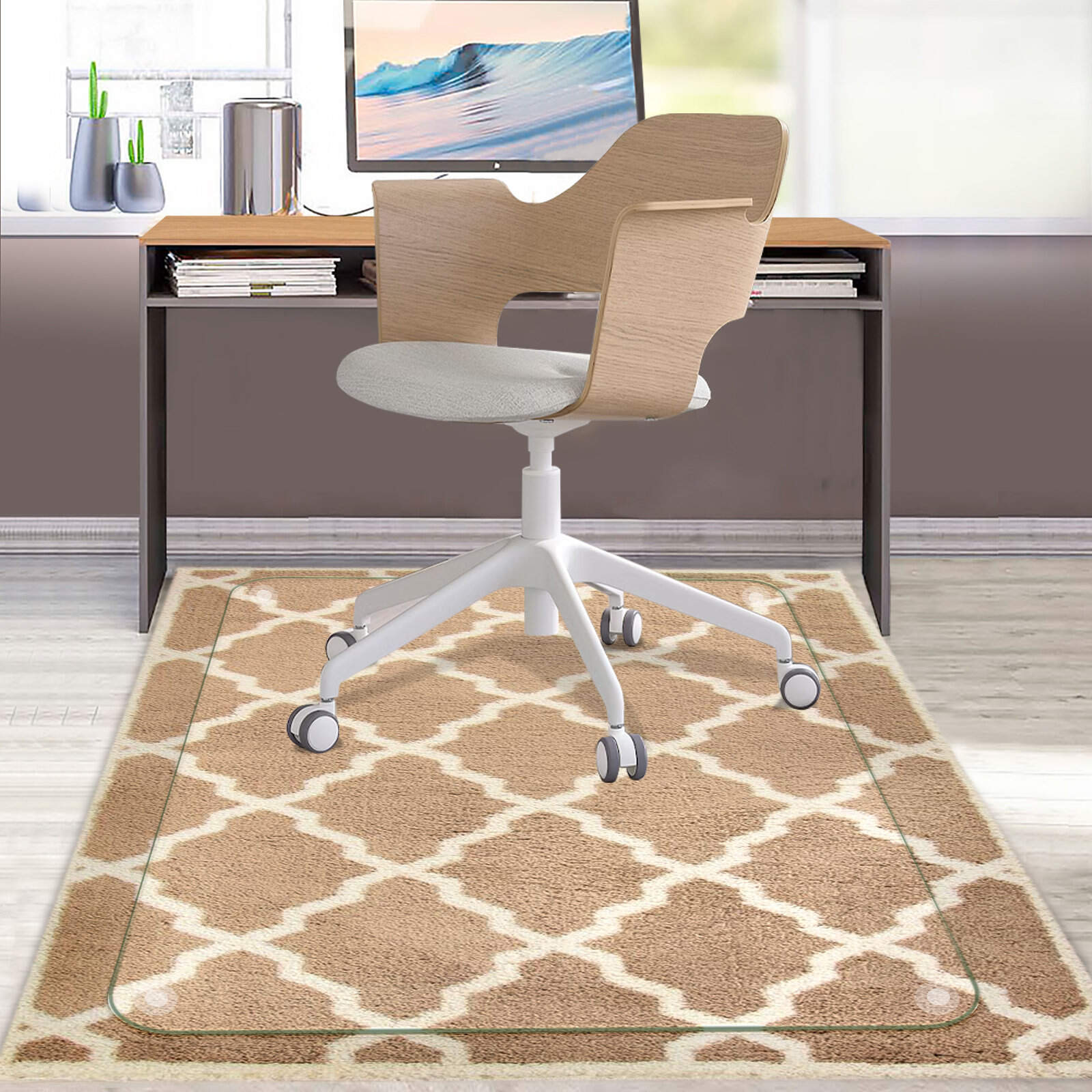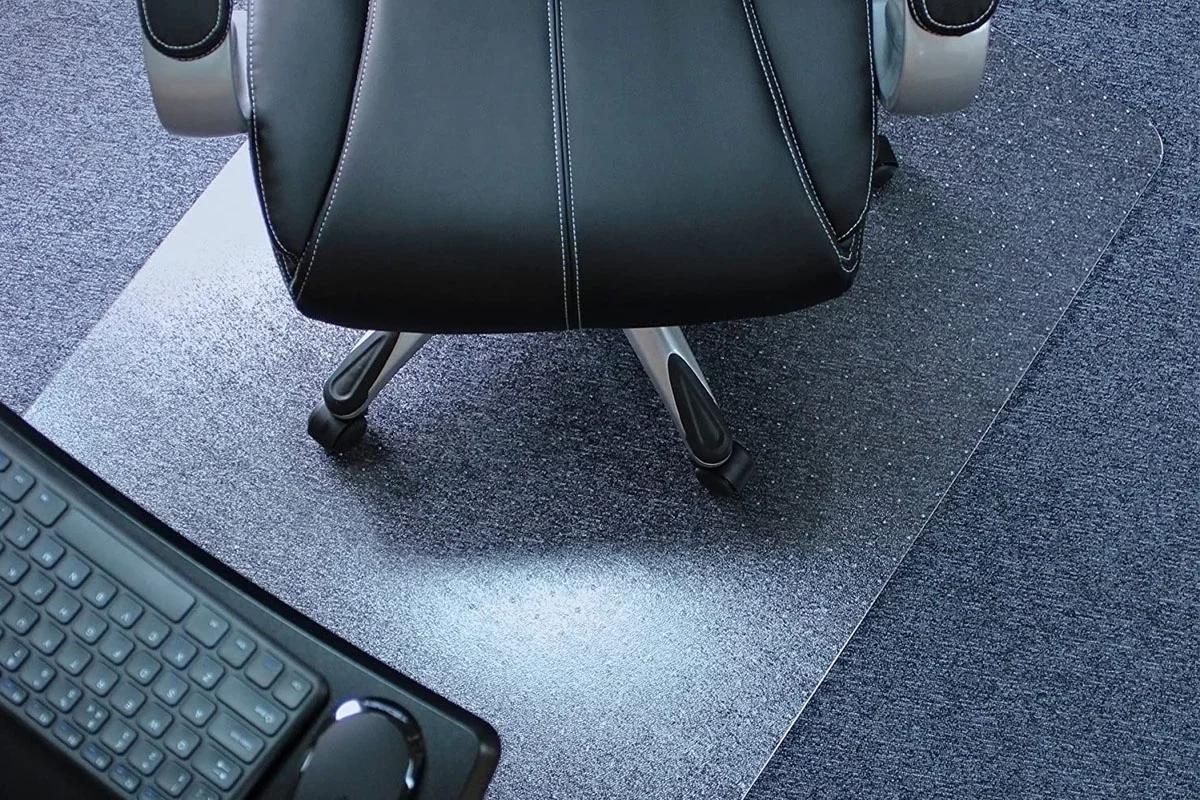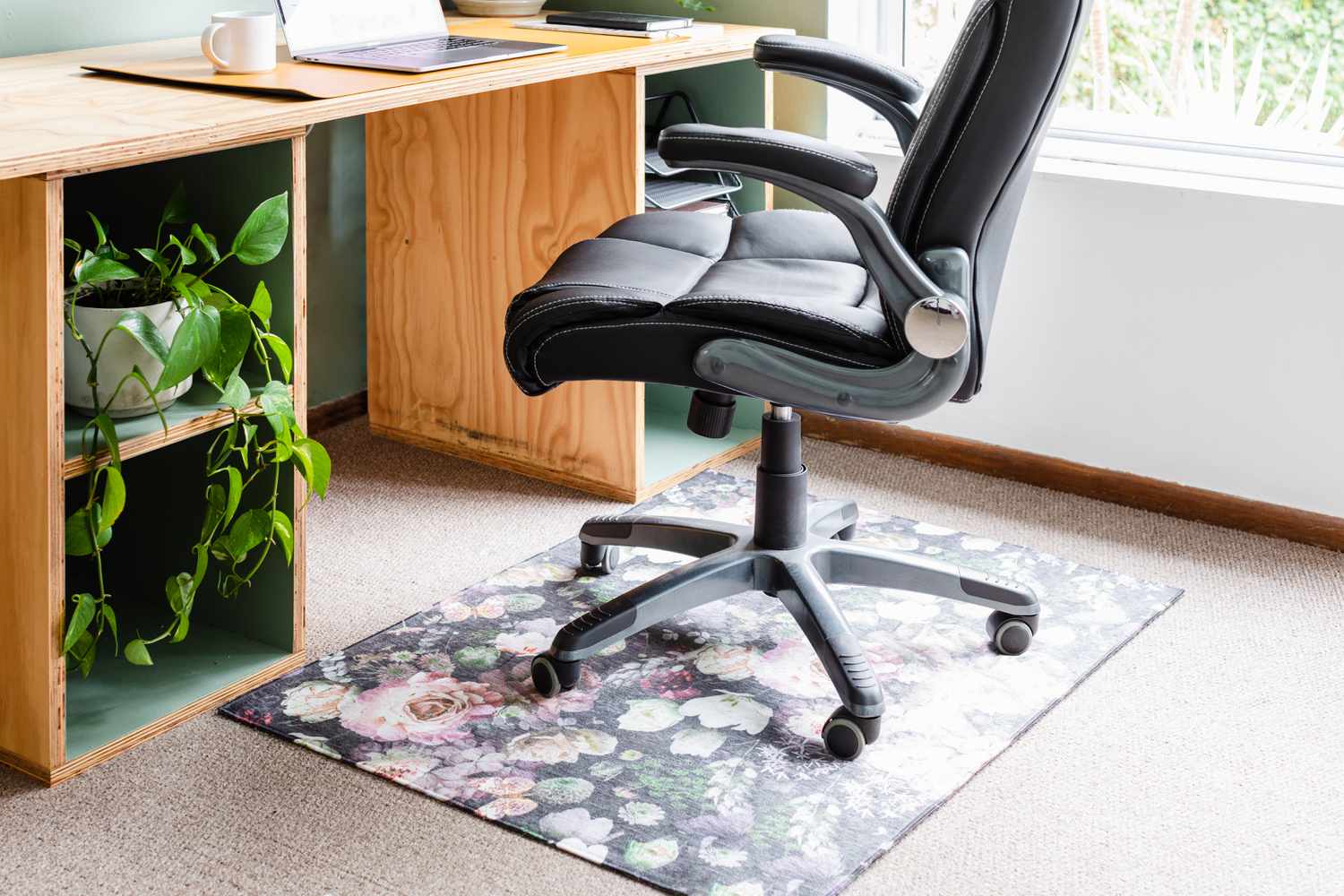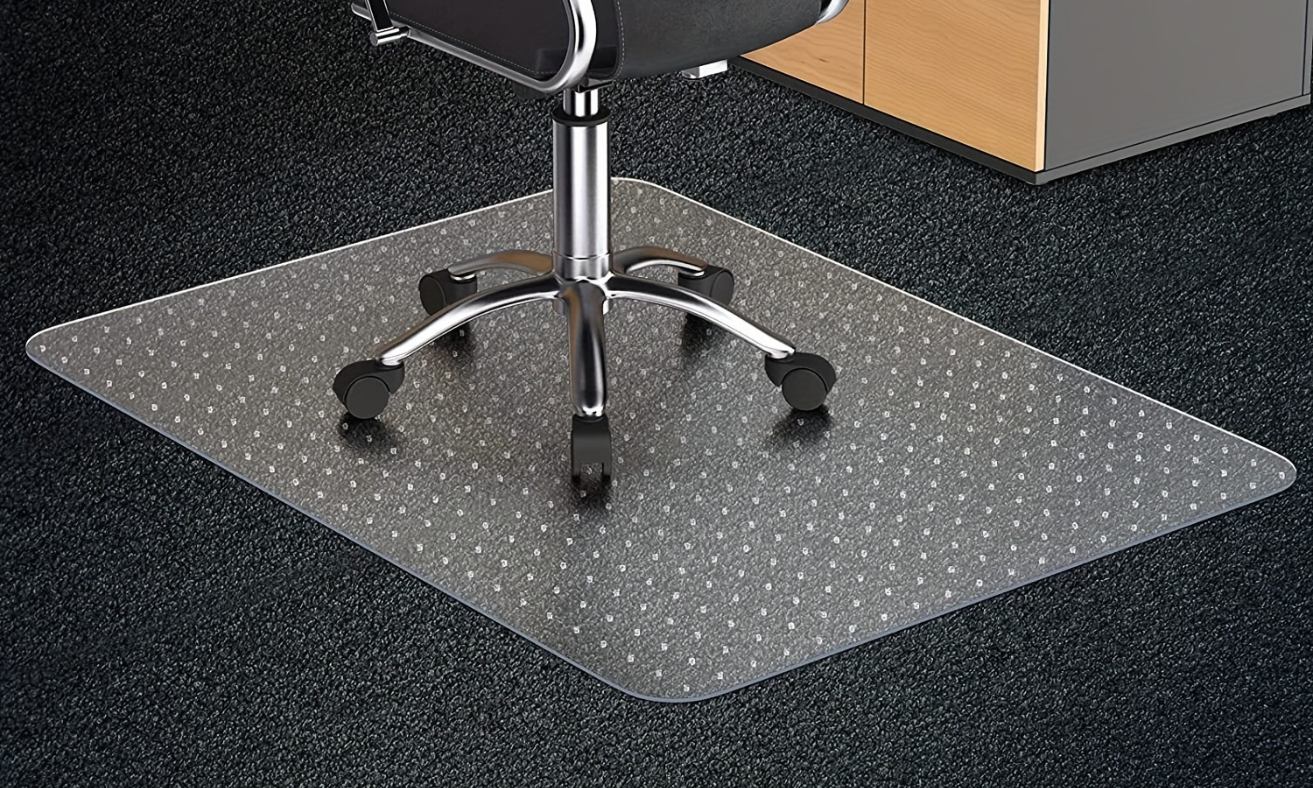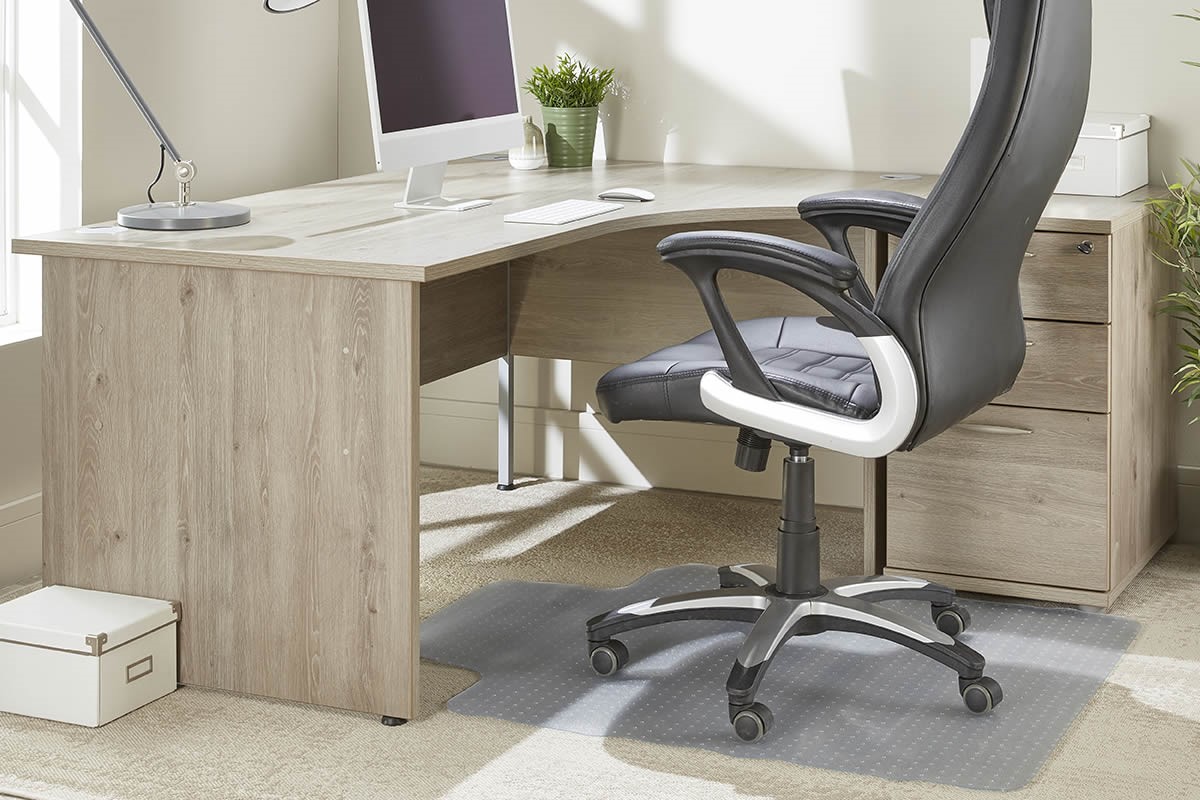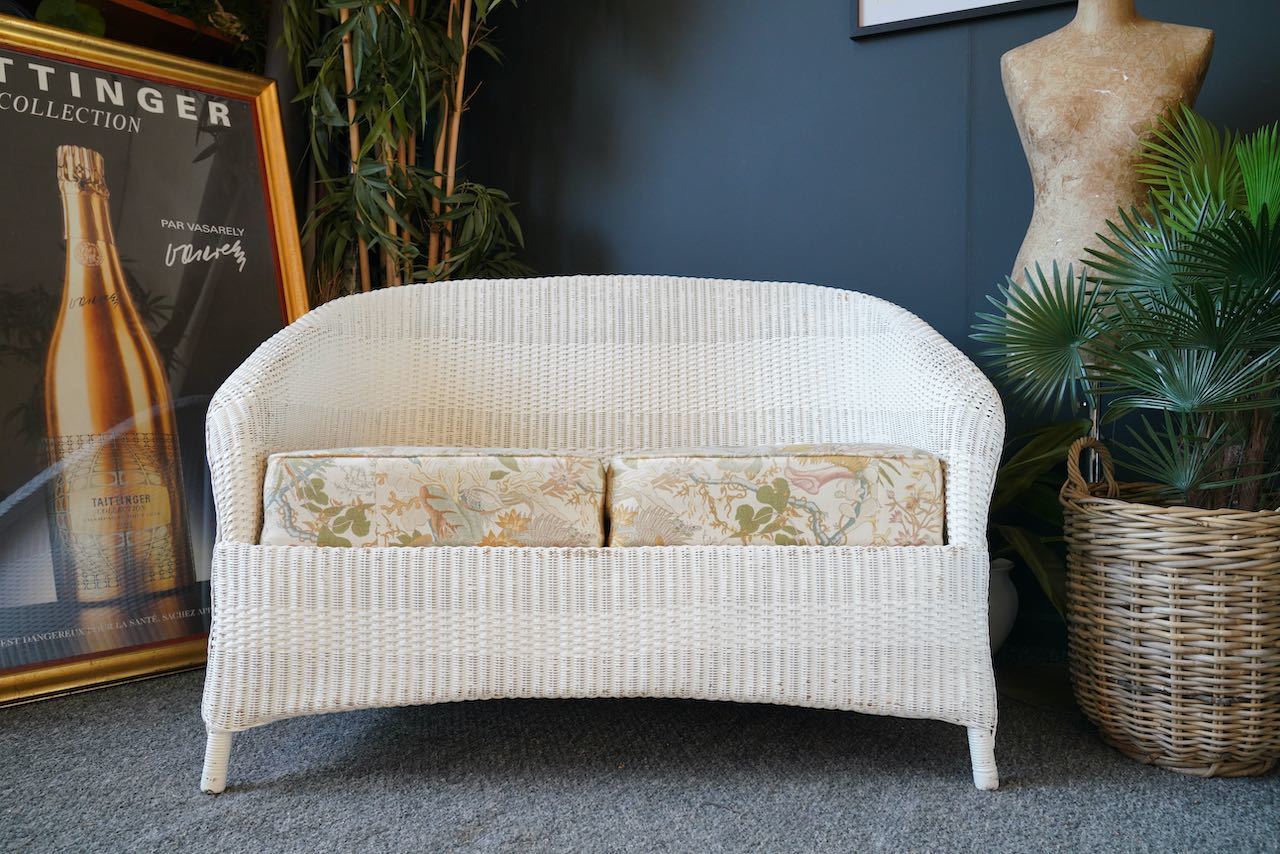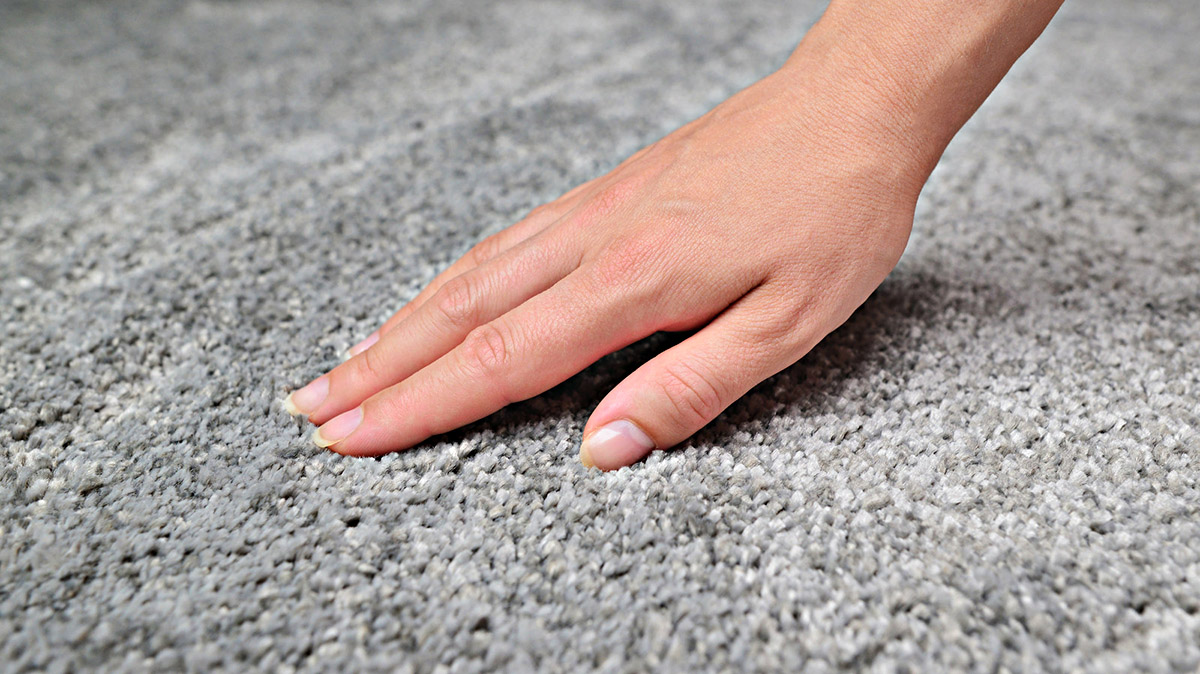

Articles
How To Revive A Matted Carpet
Modified: February 17, 2024
Learn how to revive a matted carpet with expert tips and techniques. Read our informative articles to restore the beauty and plushness of your carpets.
(Many of the links in this article redirect to a specific reviewed product. Your purchase of these products through affiliate links helps to generate commission for Storables.com, at no extra cost. Learn more)
Introduction
Having a carpet adds warmth, comfort, and style to any room. However, over time, carpets can become matted, losing their original plushness and vibrant appearance. Matted carpets can significantly detract from the overall ambiance of a space and make it look worn out and neglected.
If you’re dealing with a matted carpet, there’s no need to worry. With the right techniques and a little bit of effort, you can revive your carpet and bring it back to life. In this article, we will guide you through the process of reviving a matted carpet, restoring its softness, and enhancing its visual appeal.
But first, let’s understand what causes carpets to become matted in the first place.
Key Takeaways:
- Reviving a matted carpet requires assessing the damage, vacuuming, using a carpet rake, applying heat and steam, and brushing the fibers. Proper maintenance is key to preventing future matting and preserving the carpet’s appearance.
- Regular vacuuming, prompt stain removal, and gentle cleaning techniques are essential for maintaining a plush and vibrant carpet. Protect high-traffic areas, avoid heavy furniture placement, and consider professional cleaning to prolong the carpet’s lifespan.
Read more: How To Wash Car Carpet Mats
Understanding Matted Carpets
A matted carpet occurs when the fibers of the carpet become flattened and compressed, causing it to lose its natural pile and texture. This can happen due to several reasons, including heavy foot traffic, improper cleaning techniques, and the natural aging of the carpet.
One of the primary factors contributing to matting is foot traffic. Constant walking or heavy furniture placement in the same area of the carpet can cause the fibers to bend and become flattened. Additionally, improper cleaning techniques, such as using the wrong type of vacuum or harsh chemicals, can also contribute to matting.
Another factor is the natural aging of the carpet. Over time, the constant pressure from foot traffic can wear down the fibers, making them less resilient and more prone to matting.
It’s important to note that certain carpet fibers, such as wool, are more susceptible to matting than others. Wool carpets, although durable and luxurious, can easily become matted if not properly cared for.
Now that we understand the causes of matted carpets, let’s move on to assessing the damage and determining the best course of action.
Assessing the Damage
Before attempting to revive a matted carpet, it’s important to assess the extent of the damage. This will help you determine the appropriate methods and techniques needed to restore the carpet.
Start by examining the matted areas of the carpet. Look for any signs of wear, discoloration, or damage to the carpet fibers. Take note of the size and severity of the matting to better understand the level of restoration required.
Next, evaluate the type of carpet fiber you’re dealing with. Different carpet fibers may require different approaches to prevent further damage or discoloration. It’s always best to consult the manufacturer’s guidelines or seek advice from a professional carpet cleaner to ensure you’re using the right methods for your specific carpet.
If the matting is minimal and primarily limited to high-traffic areas, you may be able to revive the carpet on your own. However, if the carpet is severely matted or if you’re uncertain about the appropriate cleaning methods, it’s advisable to seek professional help to avoid causing further damage.
Once you have assessed the damage and determined the best course of action, you can proceed to the next step of reviving your matted carpet: vacuuming.
Vacuuming the Carpet
Vacuuming is an essential first step in reviving a matted carpet. It helps remove surface dirt, dust, and debris, allowing the fibers to regain their natural loftiness.
Before you start vacuuming, ensure that the vacuum cleaner is set to the appropriate height setting. If the vacuum is set too low, it can cause excessive suction and further flatten the carpet fibers. Conversely, if the vacuum is set too high, it may not effectively remove the dirt and debris.
Begin by slowly vacuuming the matted areas in multiple directions. This will help lift the flattened fibers and loosen any embedded dirt. Take your time and make overlapping passes to ensure thorough cleaning.
In addition to vacuuming the matted areas, it’s recommended to vacuum the entire carpet to ensure a consistent appearance. This will help prevent any stark differences between the revived areas and the rest of the carpet.
For stubborn matted areas, you may need to use a vacuum with a rotating brush or a brush attachment. This can provide extra agitation and help loosen the fibers more effectively. However, be cautious not to use too much force as it may damage the carpet further.
Once you have finished vacuuming, it’s time to move on to the next step: using a carpet rake.
To revive a matted carpet, try using a carpet rake or a stiff-bristled brush to lift the fibers. Vacuum the carpet in different directions to fluff it up. If the matted areas persist, consider professional steam cleaning.
Using a Carpet Rake
A carpet rake is a valuable tool for restoring a matted carpet. This specialized brush is designed to gently lift and separate the carpet fibers, allowing them to regain their original appearance and texture.
To begin, make sure that the carpet is dry before using the carpet rake. Using it on a damp or wet carpet can cause damage or create clumps of fibers.
Start by positioning the carpet rake near the edge of the matted area. Using short, quick strokes, gently rake the carpet in the opposite direction of the matting. This motion helps to lift the fibers and encourages them to stand upright again.
Continue working your way across the matted area, applying light pressure and using the rake in different directions. Be mindful not to rake too aggressively, as this can potentially damage the carpet fibers.
If you encounter any particularly stubborn matted areas, you can try using a more vigorous motion with the carpet rake. However, always exercise caution and closely monitor the condition of the carpet to avoid causing further damage.
Keep raking the carpet until you notice a significant improvement in the appearance and texture of the matted areas. Once you’re satisfied, move on to the next step of reviving your carpet: applying heat and steam.
Read more: How To Clean Carpet Car Mats
Applying Heat and Steam
Heat and steam can work wonders in rejuvenating a matted carpet. They help to relax the fibers and allow them to regain their natural shape and resilience. There are a few methods you can use to apply heat and steam to your carpet.
One simple way is to use a steam cleaner specifically designed for carpets. Follow the manufacturer’s instructions for operating the steam cleaner and ensure that you’re using the appropriate settings for your type of carpet.
If you don’t have a steam cleaner, you can use a clothes steamer as an alternative. Fill the steamer with water and allow it to heat up. Once it reaches the desired temperature, hold the steamer several inches above the matted areas and gently steam the carpet. Be careful not to saturate the carpet with too much steam.
In addition to steam, you can also use a hot iron to apply heat to the matted areas. Set the iron to a low heat setting and place a clean, damp cloth over the matted area. Press the iron gently onto the cloth for a few seconds, allowing the heat to penetrate the fibers. Lift the iron and cloth, and use a carpet rake or your fingers to fluff and lift the fibers.
Repeat the process of applying heat and steam to all the matted areas, working in small sections at a time. As you do so, you should notice the carpet fibers becoming more pliable and regaining their bounce.
Keep in mind that not all carpet fibers are suitable for heat and steam treatment. It’s always best to consult the manufacturer’s guidelines or seek advice from a professional to ensure you’re using the right methods for your specific carpet.
Now that you have applied heat and steam to your matted carpet, it’s time to move on to the next step: brushing and fluffing the carpet fibers.
Brushing and Fluffing the Carpet Fibers
After applying heat and steam to your matted carpet, it’s time to brush and fluff the fibers to further restore their appearance and texture. This step helps to separate and lift the fibers, giving the carpet a fuller and more voluminous look.
Start by using a soft-bristle brush or a carpet rake to gently brush the matted areas in different directions. This motion helps to separate the flattened fibers and encourages them to stand upright. Be mindful of applying too much pressure, as this can cause damage or create uneven patches.
Work your way across the matted areas, making sure to brush each section thoroughly. Pay extra attention to any particularly stubborn or heavily matted areas, as they may require more brushing to restore their resilience.
In addition to using a brush or carpet rake, you can also use your fingers to fluff and lift the carpet fibers. Gently run your fingers through the matted areas, separating the fibers and encouraging them to regain their natural shape.
Continue brushing and fluffing the carpet until you notice a significant improvement in the appearance and texture of the matted areas. Take a step back and assess the overall look of the carpet to ensure that the fibers have been adequately restored.
It’s also a good idea to repeat the vacuuming step after brushing and fluffing the carpet. This will help to remove any loose dirt or fibers that may have been released during the process.
Now that you’ve successfully revived your matted carpet, it’s important to implement proper maintenance practices to prevent future matting. Regular vacuuming, prompt cleaning of spills or stains, and avoiding heavy furniture placement in high-traffic areas can help maintain the carpet’s texture and appearance.
By following these steps, you can effectively revive a matted carpet and breathe new life into your living space. Enjoy the comfort and beauty of your refreshed carpet!
Final Thoughts and Maintenance Tips
Reviving a matted carpet requires time, effort, and the right techniques. By following the steps outlined in this article, you can restore your carpet’s softness and enhance its visual appeal. Here are some final thoughts and maintenance tips to keep in mind:
- Regular Vacuuming: Make it a habit to vacuum your carpet regularly to prevent dirt and debris from settling into the fibers. This will help maintain the carpet’s plushness and prevent matting over time.
- Spot Clean Spills and Stains: Promptly clean up any spills or stains on your carpet to prevent them from setting in and causing permanent damage or discoloration. Use appropriate cleaning solutions and follow the manufacturer’s guidelines for stain removal.
- Use Gentle Cleaning Techniques: When cleaning your carpet, avoid using harsh chemicals or abrasive brushes that can damage the fibers. Opt for gentle cleaning solutions and soft-bristle brushes to maintain the carpet’s integrity.
- Protect High-Traffic Areas: If you have areas in your home that experience heavy foot traffic, consider using area rugs or carpet runners to protect those spots. This can help distribute the weight and prevent excessive matting in those areas.
- Avoid Heavy Furniture Placement: When arranging furniture on your carpet, use furniture pads to distribute the weight evenly and prevent indentation. Regularly move your furniture or use furniture sliders to prevent long-term compression of the carpet fibers.
- Professional Carpet Cleaning: Consider hiring professional carpet cleaners for deep cleaning and maintenance on a periodic basis. They have the expertise and specialized equipment to effectively clean and revive your carpet without causing damage.
Remember that each carpet is unique, and it’s important to consult the manufacturer’s guidelines and seek professional advice when necessary. By implementing proper maintenance practices, you can prolong the lifespan of your carpet and keep it looking its best for years to come.
With these final thoughts and maintenance tips in mind, you’re well-equipped to revive and maintain your matted carpet. Enjoy the comfort and beauty of your renewed flooring!
Frequently Asked Questions about How To Revive A Matted Carpet
Was this page helpful?
At Storables.com, we guarantee accurate and reliable information. Our content, validated by Expert Board Contributors, is crafted following stringent Editorial Policies. We're committed to providing you with well-researched, expert-backed insights for all your informational needs.
